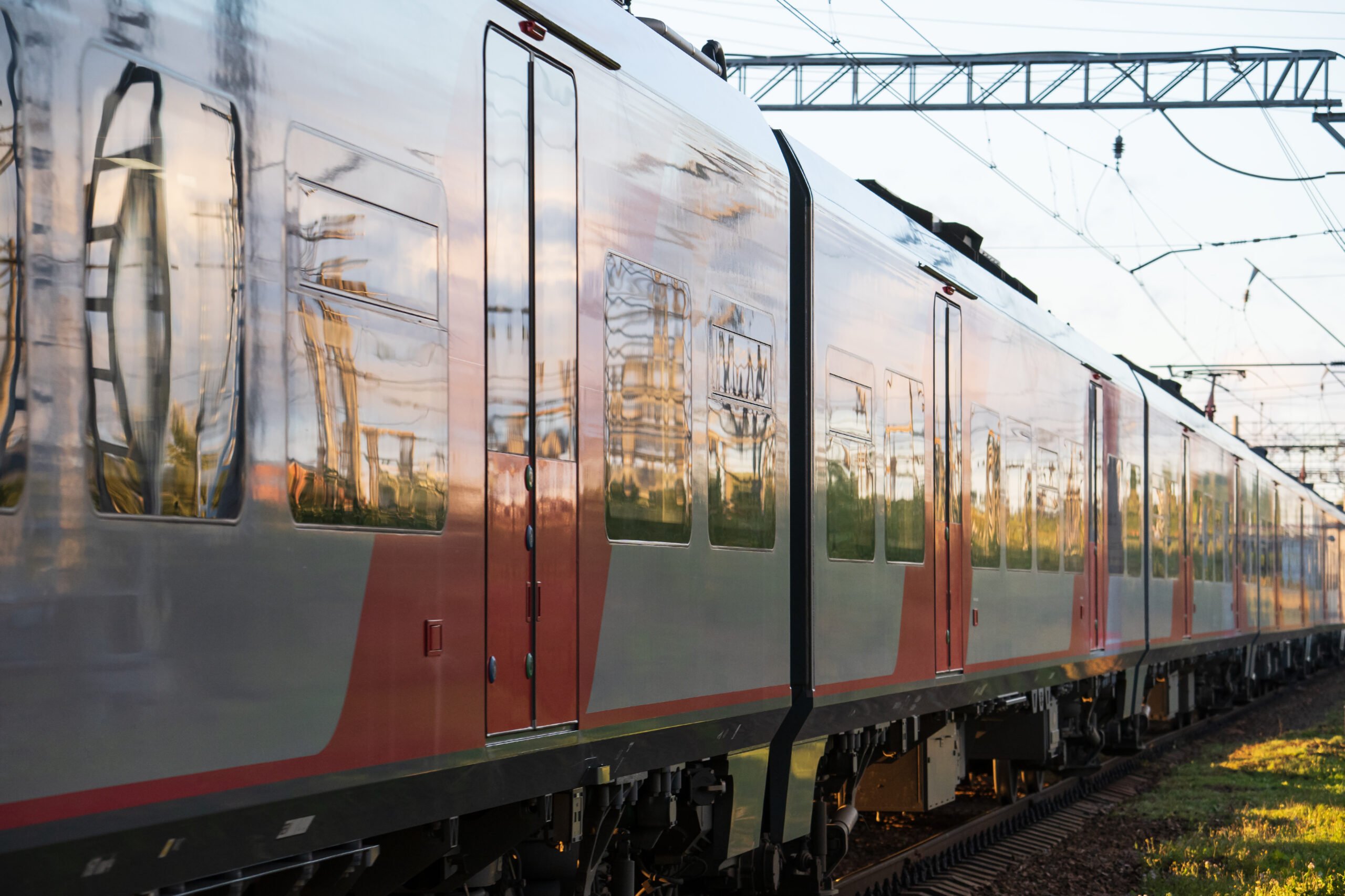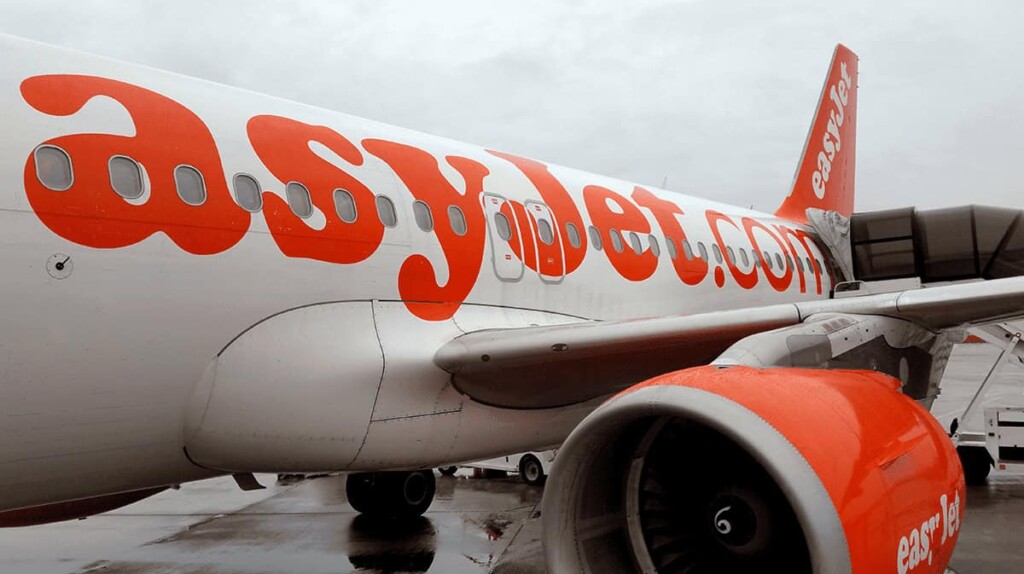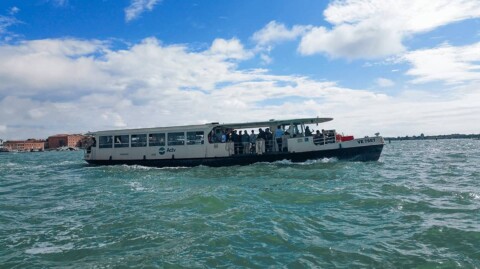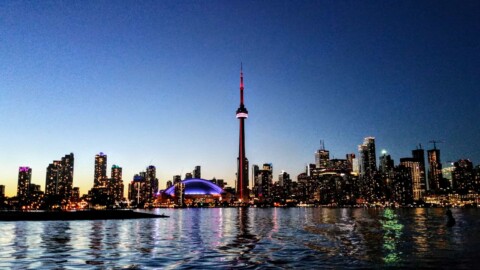When it comes to exploring the diverse and enchanting landscapes of Europe, travelers often find themselves faced with the decision of how to navigate the continent efficiently. Two popular modes of transportation for intercity travel are trains and airplanes, each offering unique benefits and drawbacks. Let’s delve deeper into the pros and cons of traveling by train versus traveling by air in Europe, with detailed examples to help you make an informed decision for your next European adventure.
Train travels accessibility makes it a convenient choice, for exploring the hubs of Europe and beyond. For instance the Eurostar service that links London to Paris and Brussels ensures a travel experience, boasting city center terminals and high speed trains that effortlessly transport passengers between European capitals.
Regarding eco friendliness trains are recognized as a mode of transportation when compared to airplanes due to their lower carbon emissions per passenger. Opting for train travel allows conscious individuals to lessen their carbon footprint and support an environmentally friendly way of experiencing Europe. An example of this is the Interrail pass enabling travelers to journey through countries by train with just one ticket encouraging sustainable travel practices and minimizing the environmental impact of tourism.
In terms of comfort train journeys provide seating generous legroom and the flexibility to move around during the trip. Whether you seek relaxation in a compartment or social interactions in a dining car trains offer an leisurely means of traversing Europe. For instance the Venice Simplon Orient Express presents an nostalgic train voyage, across Europe featuring cabins, gourmet dining experiences and attentive service reminiscent of historic eras of travel.
Traveling by train can sometimes take longer, than flying, for trips or routes with multiple stops. While some people enjoy the views and leisurely pace of train rides others may find the extended travel time inconvenient, especially when they’re short on time.
For instance a high speed train journey from Madrid to Barcelona could last around 2.5 to 3 hours whereas a quick flight between the two cities might only take 1 hour.
Another consideration is that trains may not reach all destinations in Europe, which could mean needing to make connections or using modes of transport to reach specific regions or remote areas. This lack of routes can be challenging for travelers looking for travel between certain locations.
While major European cities are well connected by high speed rail systems getting to spots like the Scottish Highlands or Norwegian fjords might involve taking a combination of trains, buses and ferries.
Additionally train tickets in Europe can be pricey for high speed services or last minute bookings. The cost of train travel can vary based on factors, like service class, route popularity booking timing and availability of discounted fares.

Traveling by Air
Advantages;
- Speed; Air travel is known for its efficiency, in covering distances making it ideal for travelers with busy schedules or those wanting to explore multiple European cities without wasting time. For instance a flight from London to Rome only takes 2 hours allowing travelers to easily hop between these destinations without enduring long hours on the road or rail.
- Accessibility; European airports are well linked. Offer an array of flight choices to different destinations across Europe and beyond. With multiple airlines operating routes between cities and regional hubs air travel provides extensive connectivity for travelers looking to access various destinations. Amsterdam Airport Schiphol for example acts as a hub in Europe with connections to than 300 destinations worldwide serving as a convenient entry point, for travelers moving through Europe or starting their intercontinental journeys.
- Budget airlines, in Europe offer flight options making air travel a choice for travelers on a budget. By seizing discounts and booking early travelers can access cost airfares to popular destinations.
For instance airlines like Ryanair easyJet and Wizz Air provide flights between cities allowing travelers to visit multiple places without spending a fortune.
When it comes to comfort modern airplanes come equipped with amenities like entertainment systems, Wi Fi access, in flight meals and comfortable seating to enhance the travel experience. Whether you’re flying economy or treating yourself to premium cabins air travel offers comfort features for a journey.
Take business class cabins offered by airlines such as Lufthansa and British Airways; they provide seating arrangements, gourmet dining options, priority services and exclusive lounges for those seeking a notch flying experience.
On the side
Airports implement security measures to ensure passenger safety. However these protocols can result in waits, at security checkpoints and boarding gates. The thorough security procedures may cause delays before departure. Extend the travel time.
Travelers passing through airports, like Heathrow or Charles de Gaulle may undergo comprehensive security screenings, baggage checks and passport control procedures before boarding their flights.
When it comes to the impact air travel leaves a carbon footprint than train travel due to the emissions produced by airplane engines. This environmental effect of flying plays a role in climate change. Presents challenges for travel efforts aimed at reducing greenhouse gas emissions.
For instance a round trip flight from London to Barcelona results in a carbon footprint per passenger compared to taking the trip via high speed train underscoring the environmental implications of air travel.
Airlines commonly set restrictions on baggage allowance which can lead to charges for luggage or overweight bags. Travelers must follow airline rules regarding luggage size, weight limits and fees for checked bags to avoid costs during their trip.
For example low cost carriers like Ryanair enforce baggage regulations that require passengers to pay fees for checked bags that exceed specific weight limits. This policy encourages travelers to pack light or be prepared to pay extra for baggage allowances.
In conclusion, deciding between traveling by train or air in Europe hinges on factors such, as preferences, financial considerations, time constraints, environmental awareness and accessibility of the destination.Trains present an environmentally conscious choice, with added comfort perks whereas airplanes offer travel, convenience, cost effectiveness and contemporary facilities, for those looking for efficient ways to get around Europe. By evaluating the advantages and disadvantages of both transportation modes and taking preferences into account travelers can make a well informed choice that suits their needs and enriches their European journey.








